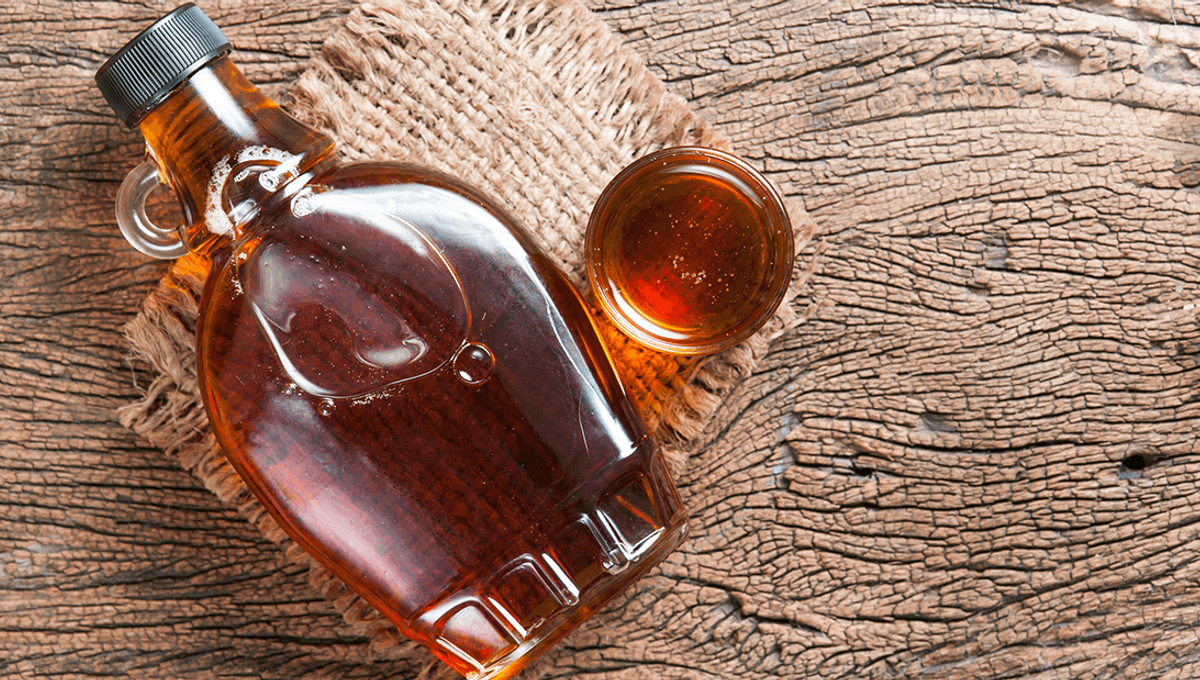
If you’ve ever had good waffles (i.e. drenched in maple syrup), you have probably noticed a tiny little handle on the bottle.
Obviously, these handles are pretty impractical for pouring the syrup by anyone with hands bigger than a baby’s, and are largely ignored during the pouring process. So why are they there? One popular idea is that they are a skeuomorph, or a feature or design copied from another similar object, but which no longer has a practical purpose associated with the original design or object.
For example, the Windsor Guildhall in England contains pillars that don’t quite make it up to the ceiling. There are rumors that architect and astronomer Sir Christopher Wren knew pillars were unnecessary for keeping the building up, but was forced by the council to place them there after they became concerned about building collapse.
According to the legend, Wren placed pillars there but defiantly left them a little short of the ceiling to prove an architectural point, or as a joke. However, they were likely not there in Wren’s day, and were merely placed there as a decorative feature in 1829, harkening back to the days when such features were structurally necessary.
Other examples of skeuomorphs include the floppy disk symbol you use for saving documents, or the shutter noise played on digital and phone cameras when you take a photograph, which does not come from an actual shutter.
The handles on maple syrup have been there since at least the 1930s, but they served no practical purpose then, either. They were likely placed there as a marketing gimmick by Great Depression-era maple syrup Mad Men, based on the design of much larger stone jugs used for storing liquids in days gone by. These were not generally used for carrying maple syrup, but for other liquids like liquor and molasses, before they were replaced by glass.
“Maple syrup companies weren’t so much retaining an old pattern of a jug as reinventing it and wanting to market their product as something nostalgic,” Jean-François, curator of the Canada Museum of History explained to Reader’s Digest Canada. “They were tying in the image of maple syrup with their product and the image that people still had of those crocks in the 19th-century.”
So the tiny, useless handles on pure maple syrup bottles that we associate with the product are likely only there due to the nostalgia of people in the 1930s for larger, obsolete jugs.
[H/T: Mental Floss]
Source Link: What Do Maple Syrup Bottles Have Those Tiny Handles For?